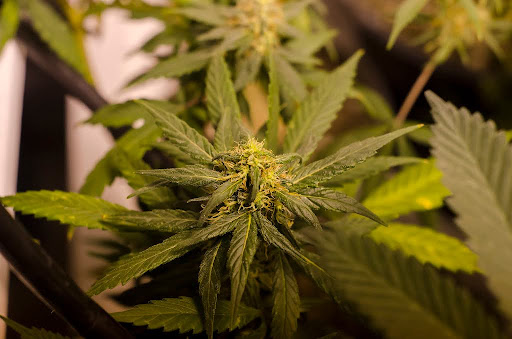Over the past decade in the United States, the legalization of medical marijuana has become one of the hottest topics of debate. “Medical marijuana” refers to the cannabis plant or its derivatives being used to treat various medical issues. As of now, 40 states plus the District of Columbia have legalized it, but marijuana for medicinal use should be legal nationwide.
Marijuana can treat many symptoms of severe conditions and diseases. Some include AIDS, glaucoma, cancer, multiple sclerosis (MS), epilepsy, and chronic pain. It is known to relieve things such as nausea and vomiting, spasticity, low appetite, and pain. Medical cannabis facilities and dispensaries are necessary to ensure that patients have safe and legal access to it. Otherwise, people may resort to potentially dangerous methods of obtaining it. Furthermore, it is vital to ensure the product is tested and pure. Regulating it eliminates the risk of being laced with other drugs and ensures it is free of molds, pesticides, and other impurities.
A poll conducted by the Pew Research Center in October 2022 found that 88 percent of Americans support legalizing marijuana for medical use. Despite the high level of support, a common argument against it is the possible health risks of the drug. The most common method of consuming marijuana is by smoking it, which can lead to adverse health effects, no matter the substance being smoked. When asked his thoughts on legalization, Chris Miller said, “No. I don’t think it is a good alternative to the other pain medications out there. I think all these people are going to end up with lung problems down the road from smoking pot. Smoking anything is bad for you.” The American Lung Association reports that smoking or vaping marijuana can weaken the lungs’ cells that fight against infection. While this is true, many healthcare professionals still support medical marijuana and simply recommend their patients look into the many alternate ways to take the drug. Cannabinoids are often extracted from the plant and turned into pills and tinctures. Additionally, patches, sprays, oils, lotions, vaporizers, edibles, and lozenges are available to patients in legalized states. These methods of consumption pose much less risk to the lungs.
Kyle Fleetman, someone who has had their medical card for three years, said, “Getting my medical card has changed my life. With access to dispensaries like “Zen Leaf” in Sellersville, I am conveniently able to get cartridges that help me with my back pain following my injury. It also really helps with my migraines, anxiety, and insomnia…It’s all regulated too, so I don’t have to worry about the quality because I know exactly what I’m getting.” 116 million Americans suffer from chronic pain, which costs the US over $600 billion every year for medical treatment and from lost productivity, according to the Institute of Medicine. In a survey designed and administered by the National Library of Medicine, 97% of respondents reported using medical cannabis for chronic pain relief. On a scale of zero to ten, the average pre-treatment pain level was 7.8. Post-treatment, the average pain level was 2.8. This shows a substantial 64% average decrease in pain among users.
Medical Marijuana has proven itself to be a valuable resource to millions of people living in the US. The industry continues to grow and improve with technological advancements, increased research, and the information available in recent years. All people with qualifying conditions should have access to medical marijuana, not just people living in the states that allow it, but nationwide.
Sources:





